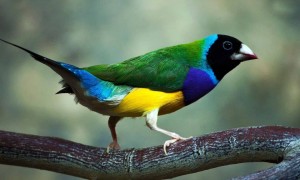Tuva (Republic of Tuva, also Tava and Thebes) – is an entity within the Russian Federation, located in the southern part of Siberia. Part of the Siberian Federal District and Easthern Siberia’s economic area. Capital city of the republic is Kyzyl.
Tuvans comprise the largest ethnic group (over 80%) in the republic and Tibetan Buddhism, mixed with indigenous Shamanism, is the predominant religion. Perhaps Tuva’s greatest offering for the visitor is its musical treasure: Khoomei. Khoomei, also known as throat-singing or overtone-singing, is a method in which the singer simultaneously produces a low drone and a series of higher melodies over the drone note. This music is utterly unique and a performance is said to be a powerful experience.
Tuva is of interest for its diverse and impressive wild landscapes. Tuva’s topography spans desert, grassy steppe, lakes, and snow-covered mountains, many of which are dotted with cultural monuments of the Tuvan and Schithian herdsman who have nomadized across the region for millennia.
Tuvan is, along with Russian, the official language of the region and is widely and usually spoken by ethnic Tuvans. Russian, however, is understood by nearly everyone in Kyzyl and usually in towns, somewhat less in the villages in more remote areas of Tuva, where few Russians live.
While in Tuva you can also try their tradiotional drinks as: Kumiss — the Tyvan national ‘soft’ drink (1-2%) of fermented (mares’) milk, which is also called “Milk Chanpagne” and Araka — the Tuvan national alcoholic drink (5-10%).
August 15 is the National Day of the Republic of Tuva. Tourists come to Tuva to experience the ethnic cuisine, arts and crafts, throat singing, khuresh (a kind of national fighting), horse-racing, a unique combination of shaman traditions and Buddhism, and the lifestyle of Russian Old Believers.
Horse breeding is one of the main occupations of Tuva residents. The traditional occupation of people living on the Tuvan steppe is the breeding of domestic animals, such as goats, horses and cows.
The population of Tuva is 310,460 people, with 1.84 people per square kilometer.
Mountains occupy 80 percent of Tuva’s entire territory; flat steppes account for the rest.
Naadym, a folk celebration for animal breeders, was made an official holiday in 2013. On this day, outstanding herders and horse wranglers receive awards.
Sources: wikitravel ; en.ria


































